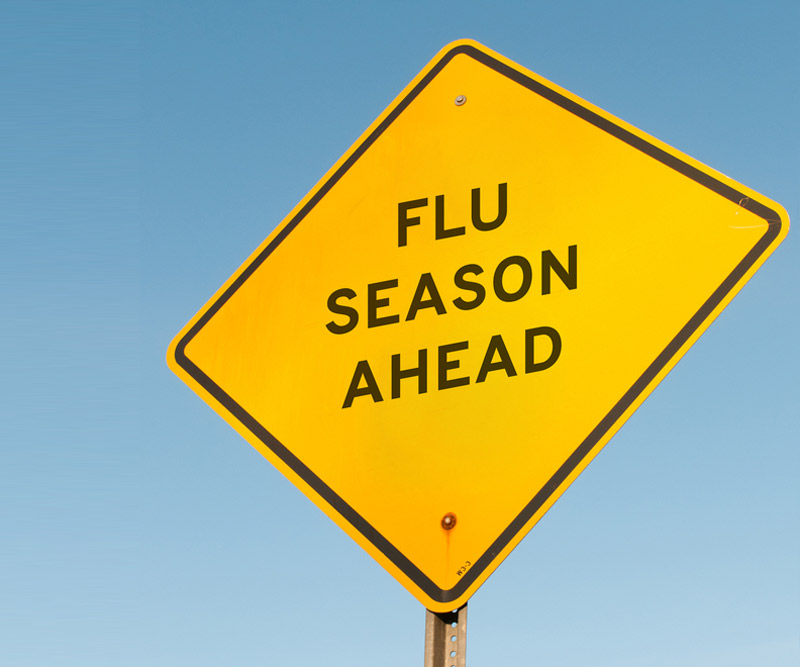
Do You Know the Difference Between the Flu & a Cold?
Get the Info on Influenza: Fast Facts about the Flu
Both the flu and the common cold are respiratory illnesses with similar symptoms, such as a stuffy or runny nose, sore throat and a cough that occurs after the first couple of days.
However, they are caused by different viruses, and symptoms of the flu are generally more intense than those of a cold.
Here are tips to telling the difference between a cold and the flu, plus who's most at risk for getting sick.
Do You Know … The Difference Between the Flu and a Cold?
In addition to the above symptoms, the flu often starts with fever, body aches and headaches. Flu also can make chronic conditions, such as asthma or heart disease, worse.

In some cases, the flu can lead to serious health problems, such as pneumonia, sinus or ear infections, and other serious complications.
Do You Know … Who’s Most at Risk of Getting the Flu?
About 5-20 percent of people in the United States get the flu each year. While anyone of any age can get the flu, there are certain populations at a higher risk of having serious complications if they do get sick, including:
- Very young children.
- Adults ages 65 and older.
- Pregnant women and women up to two weeks postpartum.
- People with certain chronic health conditions, such as:
- Asthma.
- Blood disorders.
- Chronic lung disease.
- Diabetes.
- Heart disease.
- Kidney disorders.
- Liver disorders.
- Weakened immune system due to disease or medication.
- Morbid obesity (body mass index of 40 or more.
The best way to avoid getting the flu is through prevention, but what happens if you do get sick?
Want to take a closer examination of the flu and what causes it?
Published on: October 2, 2017




